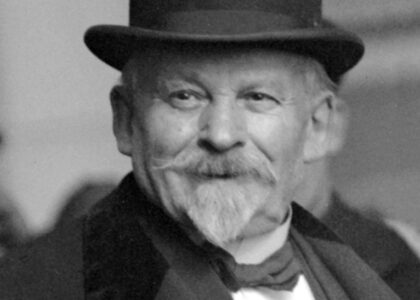Welcome to Lewisburg, a charming borough steeped in rich history and nestled in the scenic Susquehanna Valley of Pennsylvania. Founded in 1785 by Ludwig Derr, Lewisburg originally bore the name Derrstown. Derr, a settler who had lived on the land for several years, purchased tracts from the William Penn family and plotted out the town. His amicable relationship with the local Native American tribes ensured that his lands were spared from the attacks that plagued other nearby settlements.
Lewisburg’s strategic location along the West Branch of the Susquehanna River made it a hub for commerce and trade, particularly during the 19th century. The river facilitated the logging industry, and remnants of old factories and stone structures still whisper stories of industrial activity along its banks. The town’s growth was further spurred by the arrival of the railroad, which connected Lewisburg to larger markets.
Bucknell University stands as a testament to Lewisburg’s commitment to education and progress. Established in 1846, initially as the University at Lewisburg, it has grown into a prestigious institution offering a wide array of programs and contributing significantly to the town’s cultural and intellectual vibrancy.
During the Civil War, Lewisburg played a notable role as a center for abolitionist activity. Many of its residents participated in the Underground Railroad, providing safe passage for those seeking freedom. This spirit of courage and conviction is etched into the town’s legacy.
Lewisburg’s architecture is a visual journey through time, with its downtown area recognized on the National Register of Historic Places. The streets are lined with buildings showcasing styles from Federal to Victorian, each narrating a chapter of the town’s evolution. Market Street, the main thoroughfare, is a bustling avenue that has been the heart of Lewisburg for generations.
Floods have shaped Lewisburg’s history as well, with significant ones occurring in 1889, 1936, and 1972. The 1936 flood set record-high water levels, and the aftermath of the 1972 flood led to the creation of Hufnagle Park, a green space that now invites relaxation and reflection.
Wilhelm Reich, an Austrian psychoanalyst, spent his final days in Lewisburg, drawing a line between the town and the broader tapestry of 20th-century scientific exploration. Although controversial, his work on psychoanalysis and orgone energy remains a fascinating footnote in the town’s historical narrative.





